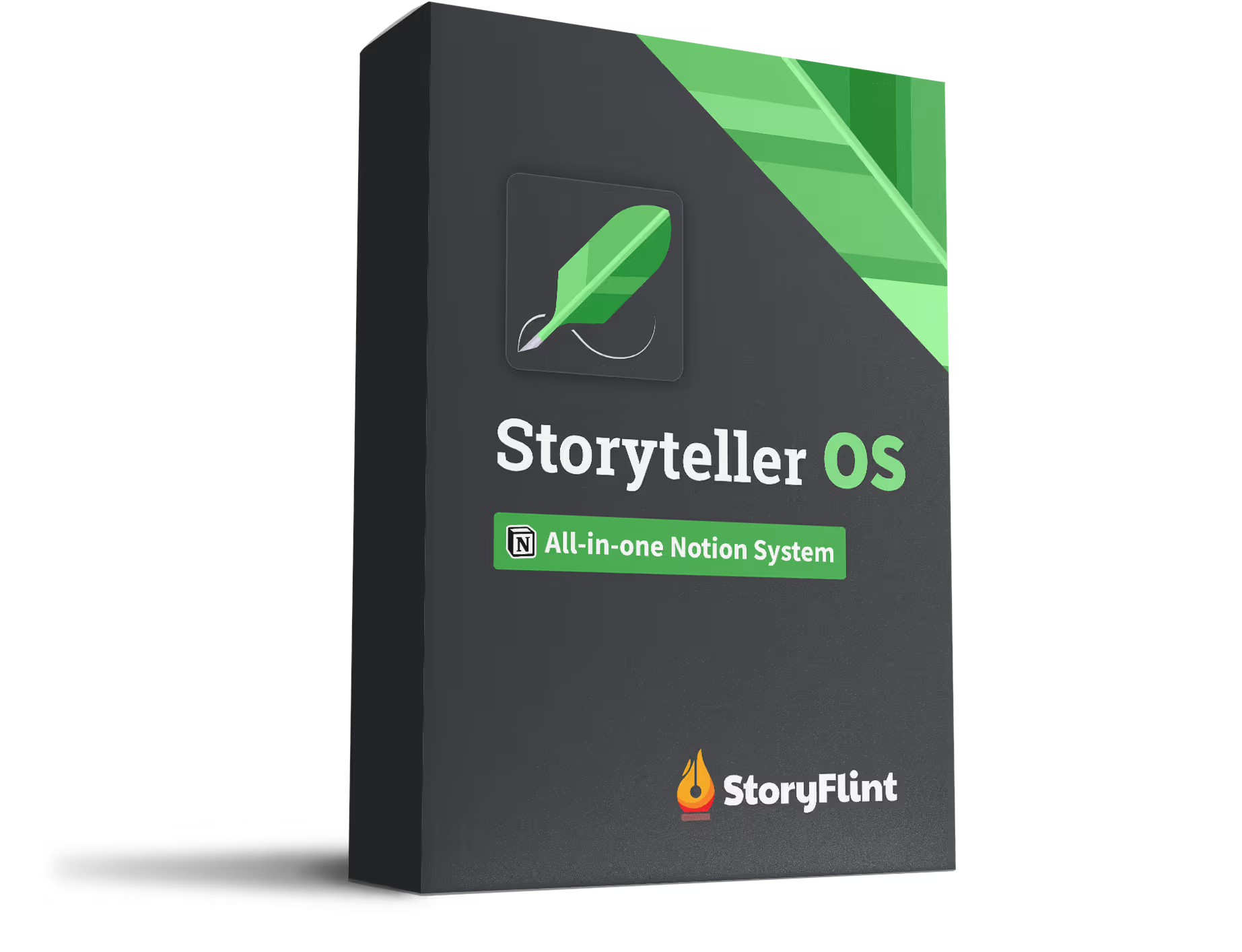Most Plots Break Here
Not at the climax. Not in the pacing. Not even in the worldbuilding.
They break where cause and effect gets lazy.
You’ve probably seen it happen. A character does something out of nowhere. Or they feel something that wasn’t earned. Or a big event happens, and no one reacts like a real person.
It feels off. Because it is off.
Plot is emotional math. And if the equation doesn’t balance, your audience checks out.
The Simple Formula That Fixes It
Great stories run on a basic but powerful loop:
Cause > Effect > Emotion
Something happens. It causes a character to react. That reaction feels like something.
And the emotion leads to the next choice. The next choice leads to the next consequence.
Now you’ve got a plot that builds momentum and character depth.
Here’s the bonus: your audience doesn’t even need to agree with your character’s decision—as long as they understand it.
That’s what emotional logic gives you.
Let’s See It in Action
In Pixar's Inside Out:
- Cause: Riley’s family moves to San Francisco.
- Effect: She feels out of place and isolates herself.
- Emotion: Sadness bubbles under the surface.
Sadness isn’t just a mood. It’s a trigger.
It makes Joy try harder to cheer Riley up. It creates tension between Joy and Sadness. It kicks off the emotional adventure that drives the entire movie.
Each moment leads to the next because the emotion is baked into the cause and effect.
So Why Do Writers Skip This?
Because it’s hard. It’s easier to write: "They argued. Then he left."
But what caused the argument? What emotion made him leave? And what does that emotional fallout spark in the next scene?
If your story ever feels like it’s just coasting from scene to scene, pause and check the chain:
- What caused this?
- What was felt?
- What changed because of it?
Plug those into your scene transitions and your plot instantly gets stickier.
Quick Tips to Strengthen Your Cause-Effect-Emotion Chain
- Use action-reaction pairs. If something explodes in your story (literally or emotionally), we need to see who feels it and how.
- Let emotions do something. Sad characters should act sad. Anxious characters pace, lash out, or withdraw. Make it visible.
- Build from the inside out. Internal shifts create external change. If a character changes their mind, show the friction before the flip.
Bonus move? End scenes on emotional questions, not plot points. That’s what hooks your audience into the next beat.
One Last Thing...
If you want to go deeper on how emotional shifts shape the rhythm of your story, this guide on Pacing is a must-read.
It breaks down how momentum, emotion, and timing all work together—and how to fine-tune the feel of your story without overwriting.
You’re not just writing plot. You’re writing an emotional chain reaction. And when it lands? Your audience won’t just follow your story. They’ll feel it.




